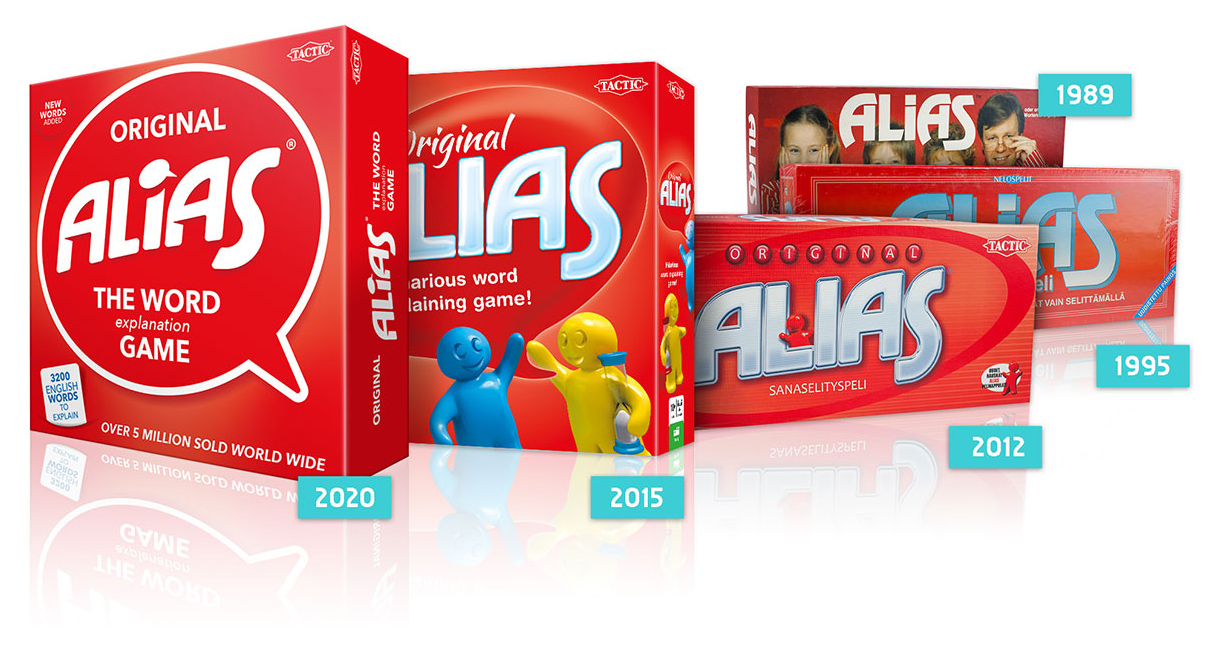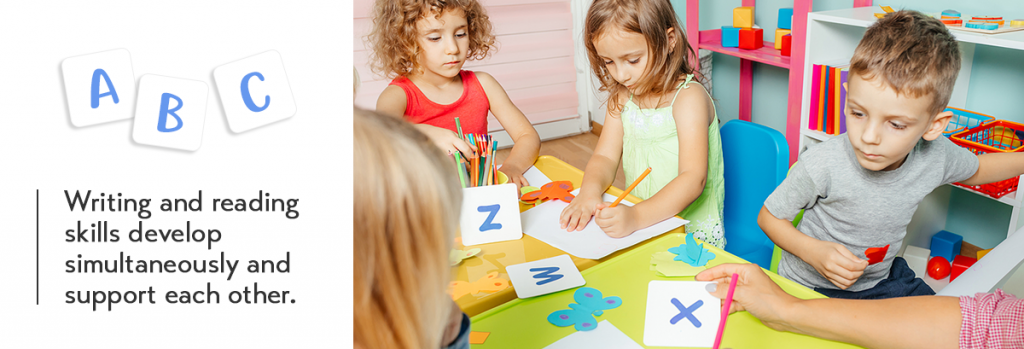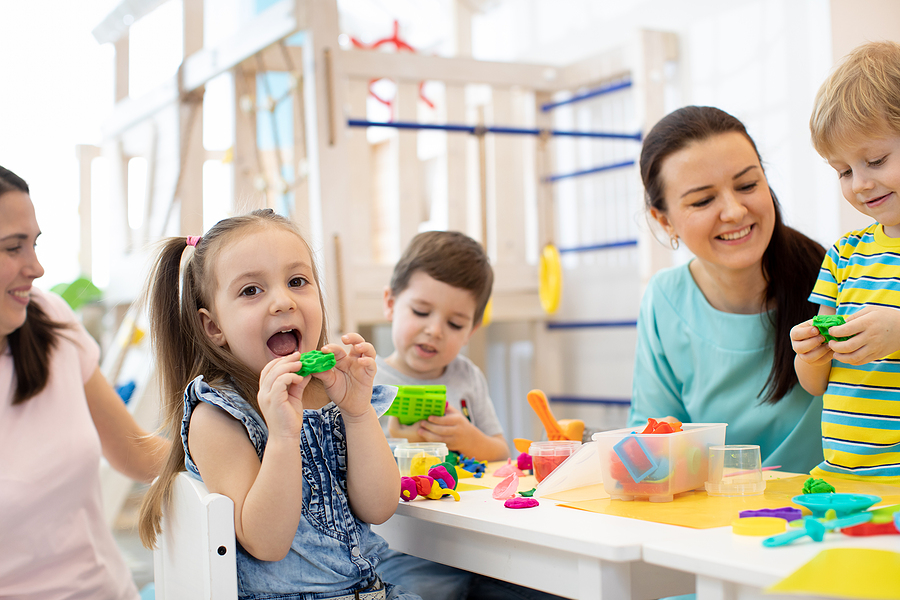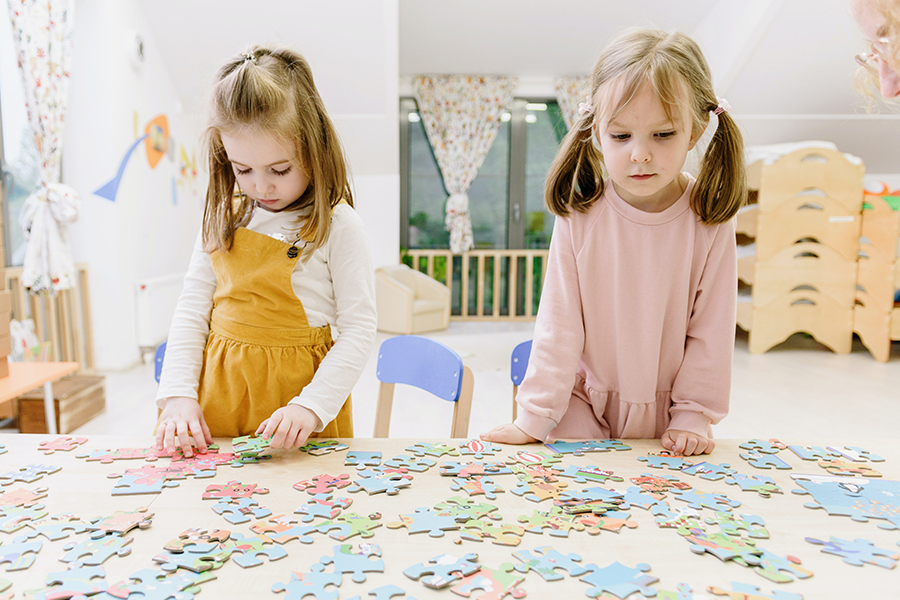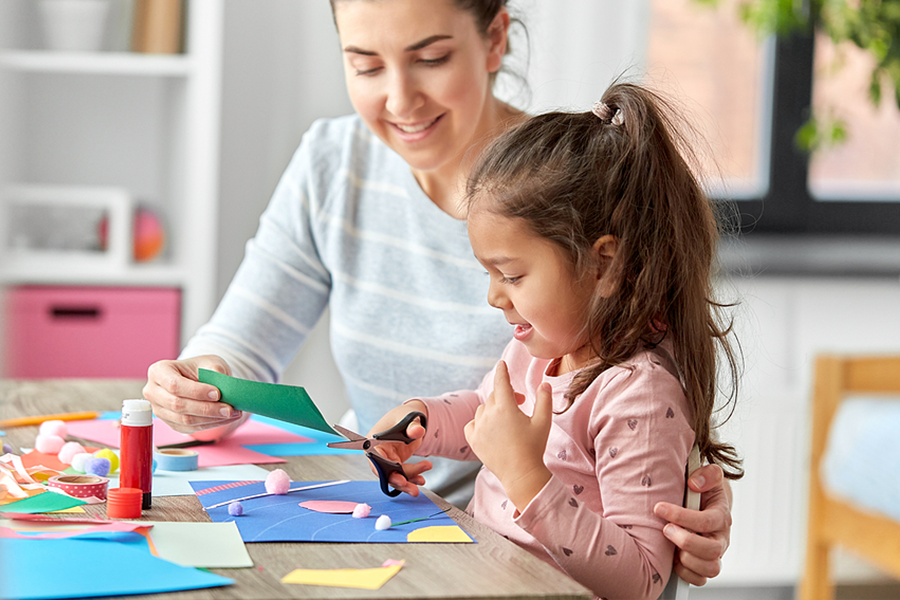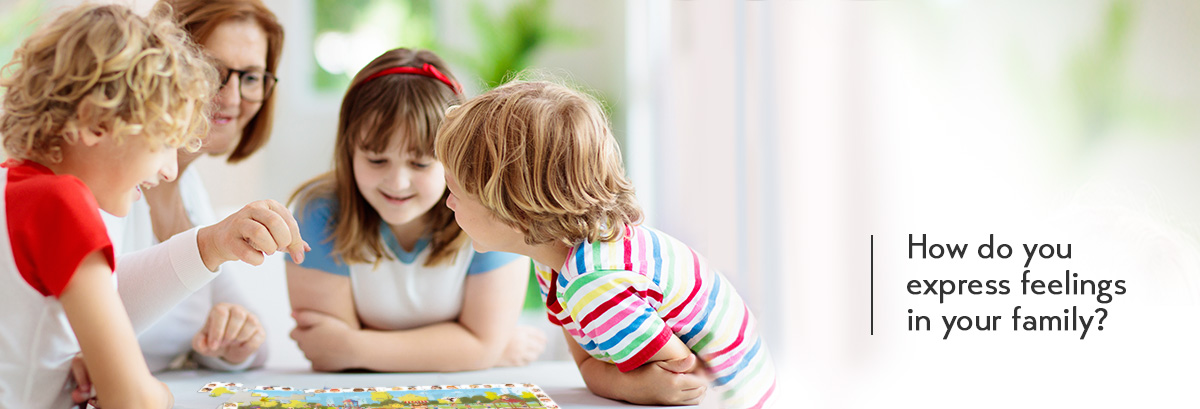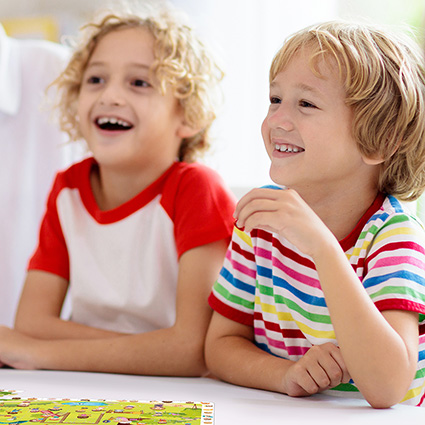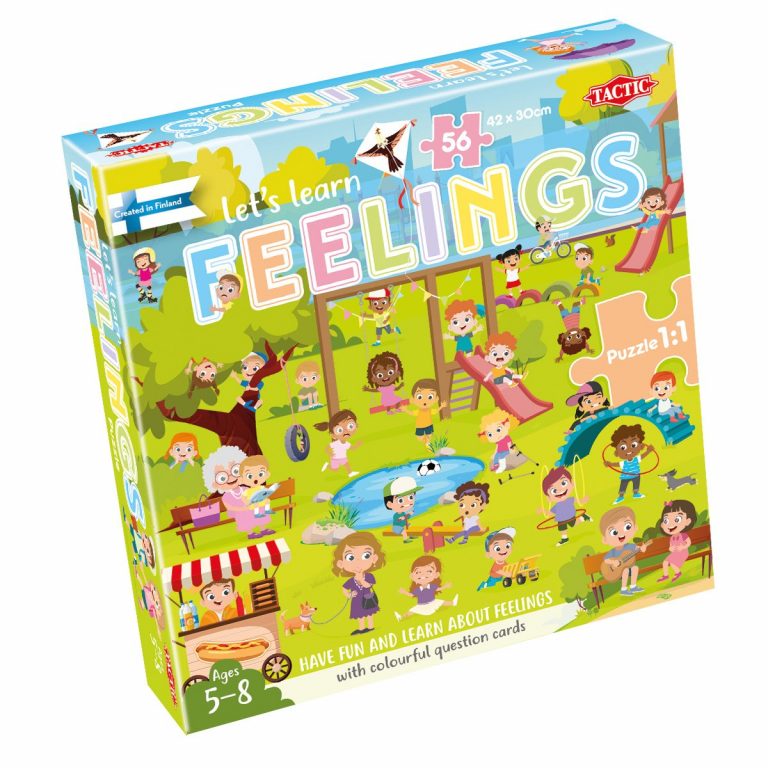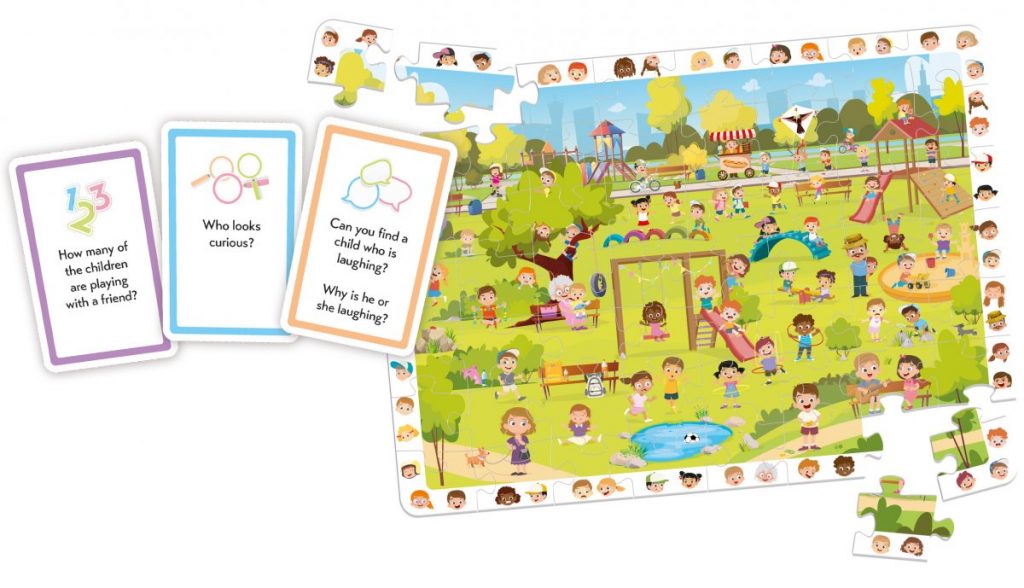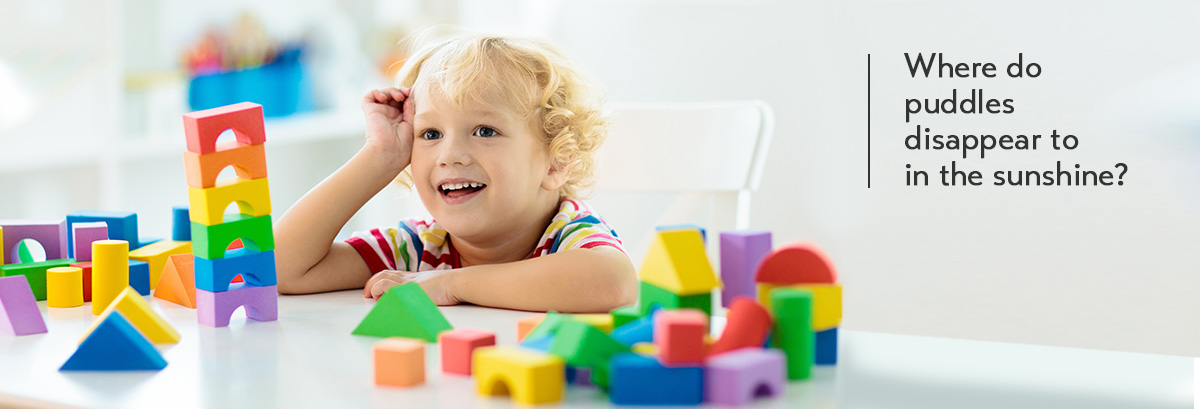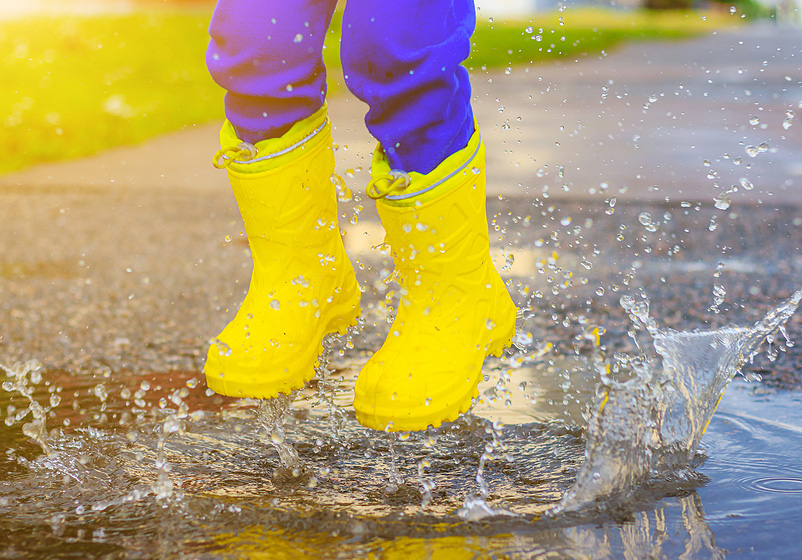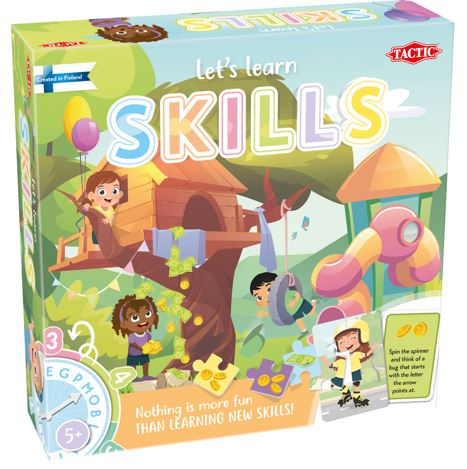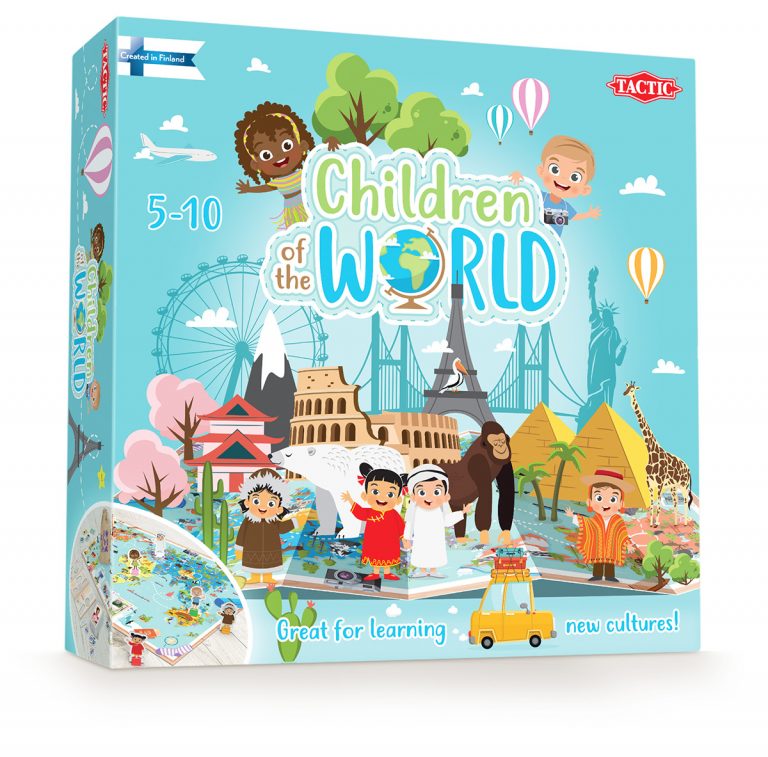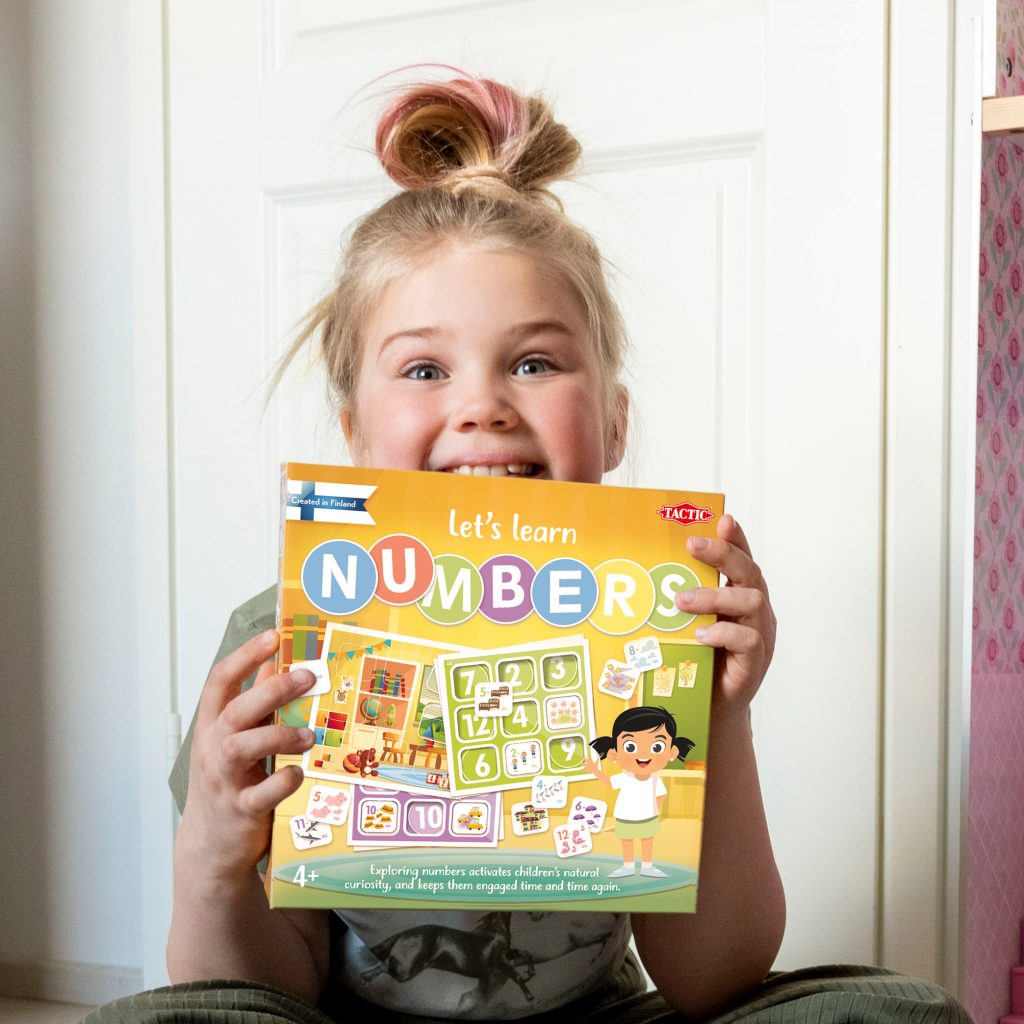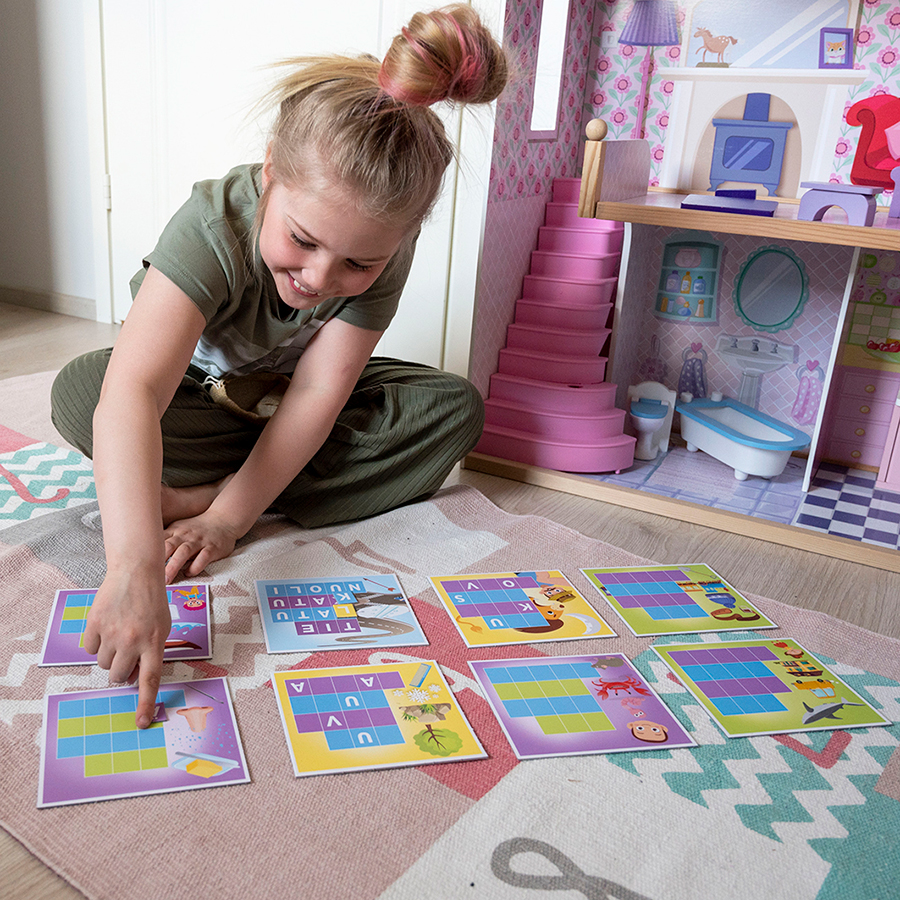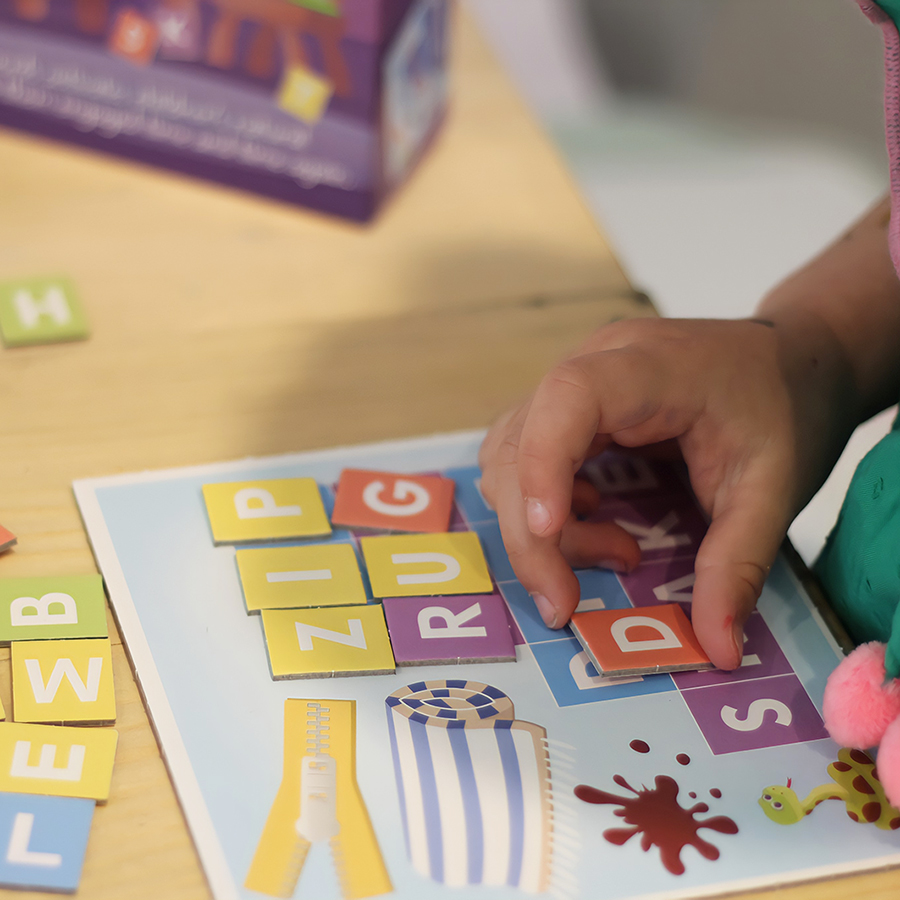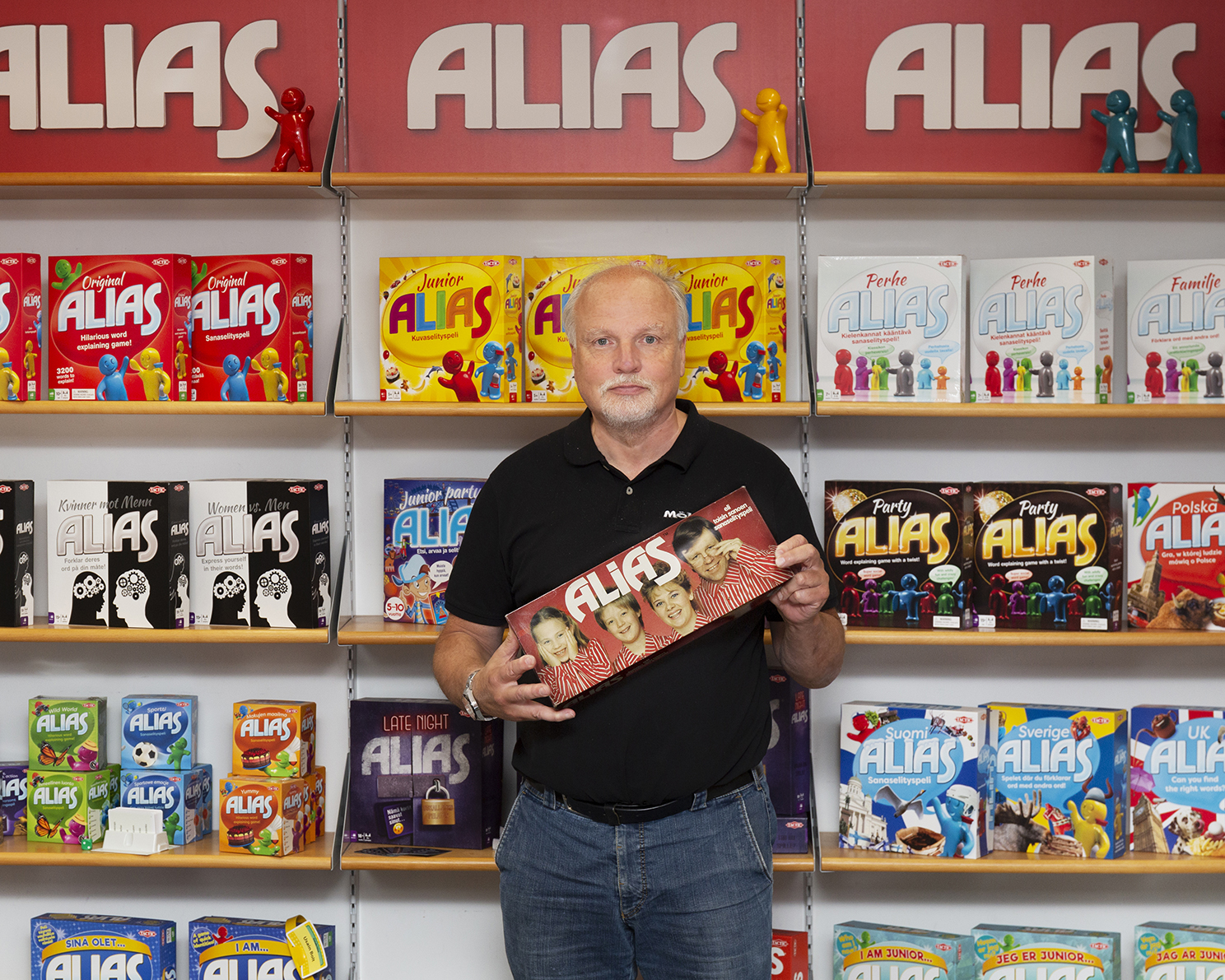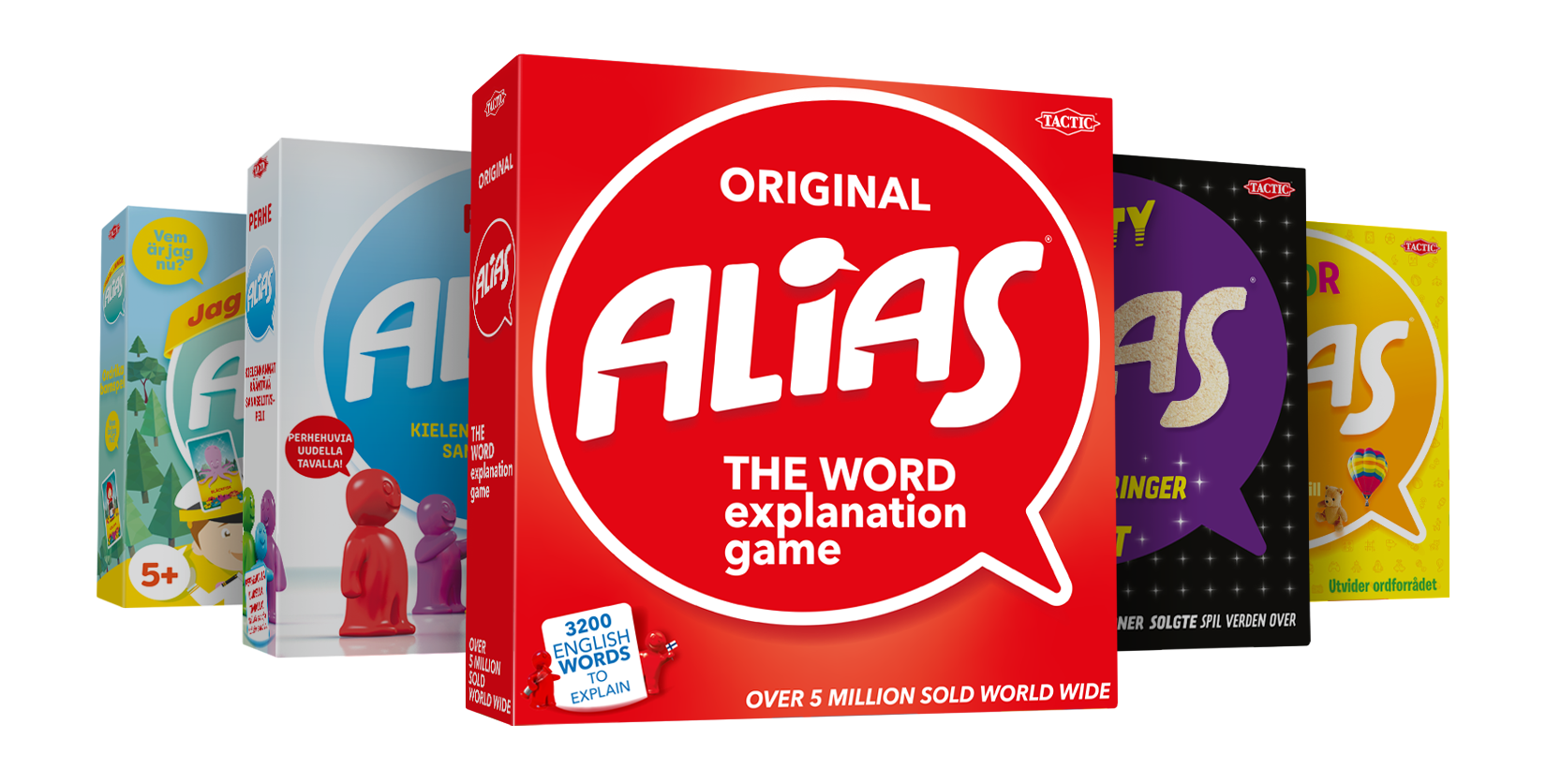
The word explanation game Alias was invented in Finland three decades ago. Back then, so called ”party games” were few and far between in the Finnish market. Tactic Games, previously Nelostuote, decided to create and publish a game based on the product idea. Tactic began to manufacture Alias in its own game factory in Finland.
The chairman of the board of Tactic Games Markku Heljakka looks back on the early stages of the game,
”A new game concept was offered to us, and after a few test play rounds the management of the time decided to invest in it and create a product out of it. The first print run consisted of 3,000 copies. The design emphasized family fun and Finnishness, and the models on the cover were wearing shirts by Marimekko. The game box was rectangular, which was quite uncommon when it comes to board games.”
Alias quickly became a hit and its success story continues today. The games represent high Nordic quality and are manufactured from sustainable and recycled materials in Pori, Finland. Today the Finnish word explanation game brings joy to players all around the globe — Alias has its biggest markets in the Nordics, Russia and Central European countries such as Czech Republic for example.
”The Alias product family is one of our flagships. The sales have grown organically in all markets. We export Alias to 40 different countries and there are almost 30 different language versions available, including Chinese, Korean and Icelandic to name a few. Alias clearly has some magical qualities, because players make it come alive all around the world,” states Juha Nieminen, the CCO of Tactic Games.
”Based on sales and compass points, someone in the world is playing and enjoying Alias right now. They’re explaining and guessing words, laughing and spending time with friends thanks to our game. How amazing is that!” Nieminen adds.
The Alias product family has grown over the years. It contains entertaining and unique word explaining games for players of all ages. Alias games are constantly evolving and offer a fantastic mix of both traditional and fresh new words for the players to have fun with. Educational professionals also use Junior Alias to broaden the vocabulary of their students.
In 2020 all Alias games get a new and fresh look and some of the content is also updated.
”The Alias product family has grown over the decades and gained international success. To celebrate the anniversary, we have given the games a new, contemporary look, updated the content and added some digital features. You will see a lot of Alias in the media during the autumn,” says Jemina Heljakka, the CMO of Tactic.
According to the designer responsible for the renewed look, the aim was to strengthen the identity of the brand and the message of the game box. Now the Alias logo text design is much more airy and dynamic.
The dot in the “i” of the word Alias is now shaped like a speech bubble.
”That’s what this game is about – speaking. The speech bubble symbol has been around since the 13th century and now different digital communication platforms have made it topical again,” says Tactic’s designer Jussi Lindberg.
Lindberg thinks that the message of the box design is simple and effective. It also works well on digital platforms.
- Juha Nieminen, Jemina Heljakka and Jussi Lindberg
- Markku Heljakka and a copy of the first Alias
Juha Nieminen with the renewed Party Alias, which will hit the stores in the autumn. Jemina Heljakka is holding a copy of Alias from the 90s. Jussi Lindberg with the renewed Junior Alias and Original Alias.
Facts:
Alias games have been manufactured in Finland for 30 years. Alias is Finland’s most well-known and top-selling party game internationally. It is sold in over 40 countries. Over 6 million Alias games have been sold worldwide and the product family grows every year. In 2020 the family got a new, fantastic member called DIY Alias!
Different language versions:
Bulgarian, Czech, Slovak, Danish, Estonian, Croatian, Hungarian, Hebrew, Icelandic, Italian, Japanese, Korean, Lithuanian, Latvian, Flemish, Norwegian, English, Polish, Portuguese, French, Romanian, Sami, German, Slovenian, Finnish, Russian, Ukrainian, Chinese
